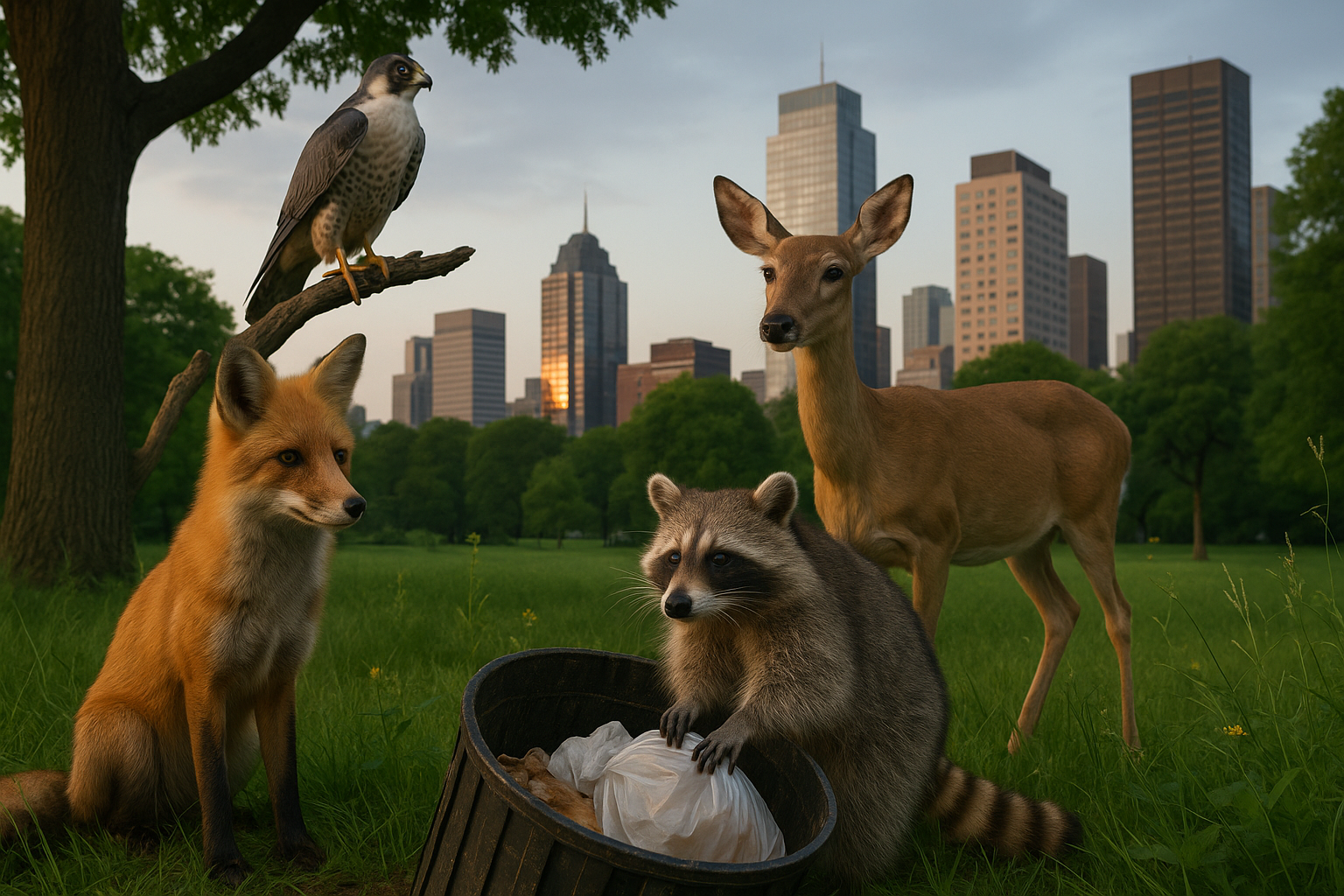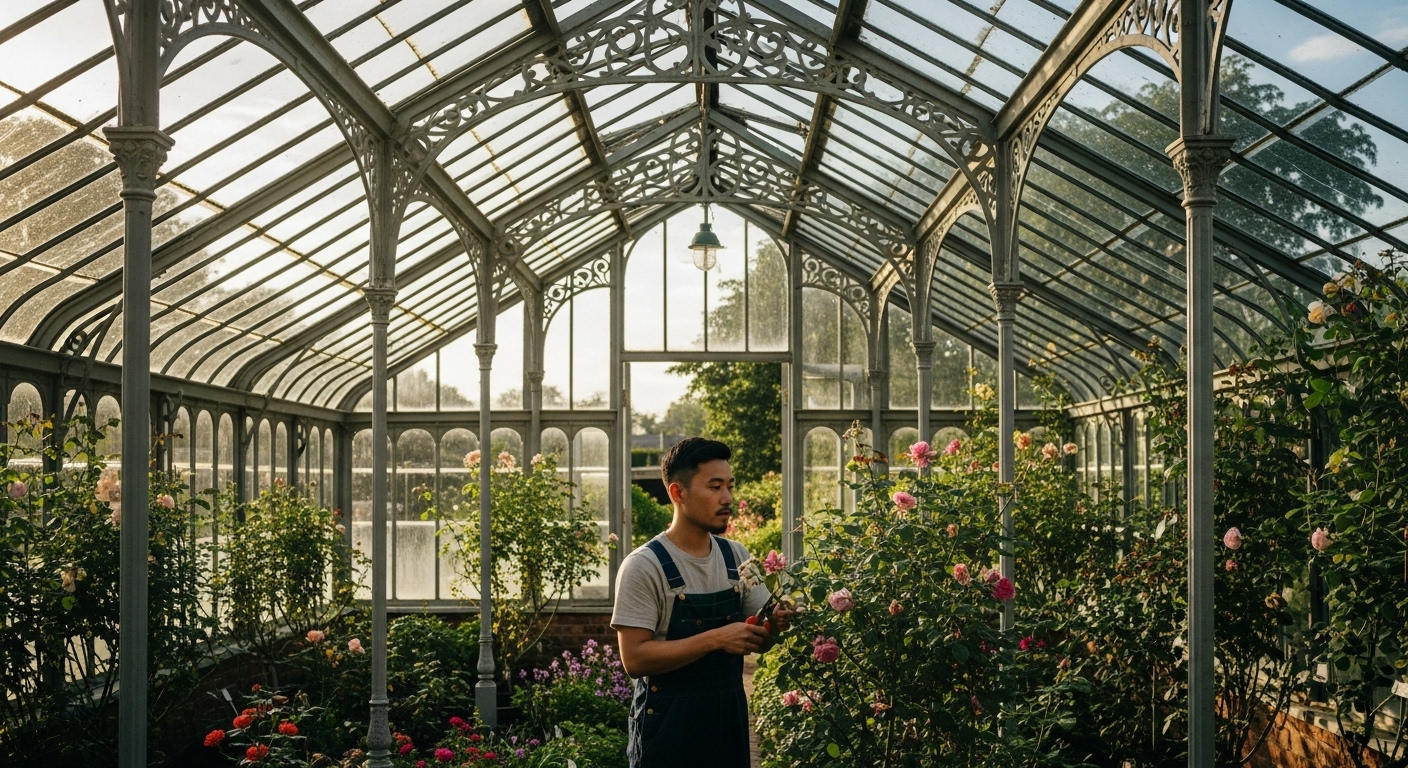The Thriving World of Urban Wildlife: Coexistence and Conservation
Introduction: As urbanization relentlessly spreads across the globe, a surprising phenomenon is unfolding. A diverse array of wildlife is adapting and thriving in our concrete jungles. Discover the fascinating world of urban wildlife, their adaptations, and the conservation efforts helping them flourish in unlikely habitats.

The Unforeseen Urban Jungle
Historically, wild animals have been seen as incompatible with urban life. However, over the years, as cities expanded and green spaces dwindled, some species began to adapt to urban environments. Foxes, raccoons, coyotes, and even deer are now frequent visitors in many cities around the world. These species have displayed a remarkable ability to adjust their behavior and diet, taking advantage of the resources cities inadvertently provide.
The Current State of Urban Wildlife
As the pace of urbanization accelerates, more species are joining the ranks of urban dwellers. Species once considered strictly rural are now being spotted in metropolitan areas, from peregrine falcons nesting in skyscrapers to coyotes prowling city parks. Scientists are beginning to view cities as unique ecosystems, teeming with biodiversity that often rivals rural areas. Research shows that urban environments can support a surprising number of species, making cities unexpected hotspots for wildlife.
The Market for Urban Wildlife Conservation
With the increase in urban wildlife, a new market has emerged for products and services catering to urban conservation. From city-approved animal-proof trash cans to wildlife-friendly gardening supplies, these products promote coexistence with our wild neighbors. Although prices vary, these items are generally affordable, allowing more households to participate in conservation efforts. As urban wildlife populations continue to grow, this market is predicted to expand, impacting the overall economy positively.
The Science Behind Urban Wildlife Adaptation
Research into urban wildlife adaptation provides valuable insight into how species respond to human-induced change. Many urban animals have displayed increased flexibility in their diets and behavior, allowing them to exploit the resources and opportunities cities provide. Some species, such as urban foxes and raccoons, have even shown signs of cognitive evolution, becoming more adept at problem-solving and avoiding danger in their new environments.
The Future of Urban Wildlife Conservation
As the urban wildlife trend continues, conservation efforts are shifting to include these city-dwelling species. Many cities are adopting wildlife-friendly policies, creating green corridors, and implementing educational programs to promote coexistence. These efforts not only support urban wildlife but also enrich city-dwellers’ lives, fostering a deeper appreciation for nature and wildlife conservation.
Urban wildlife represents a unique intersection of nature and human civilization, demonstrating nature’s resilience and adaptability. As we continue to share our cities with a diverse array of species, learning to coexist and support these urban critters will become increasingly important. The thriving world of urban wildlife offers exciting opportunities for research, conservation, and a redefinition of our relationship with the natural world.






